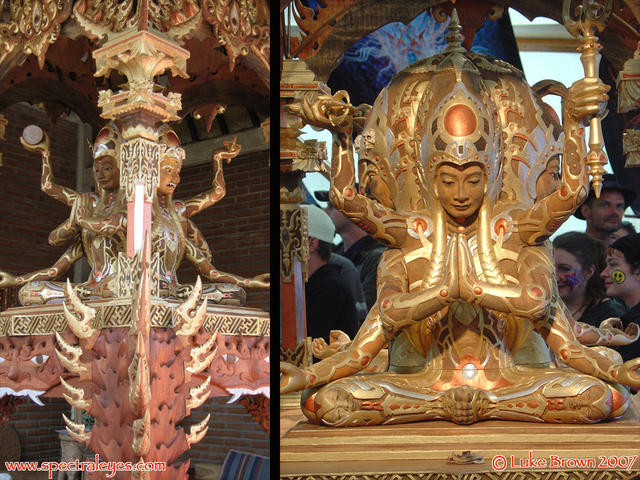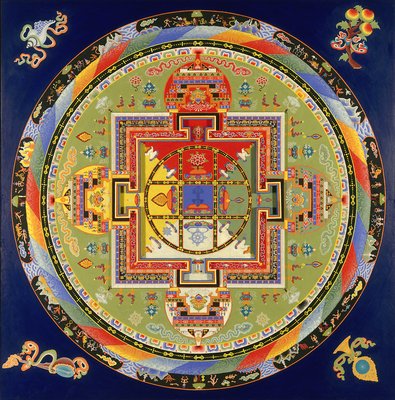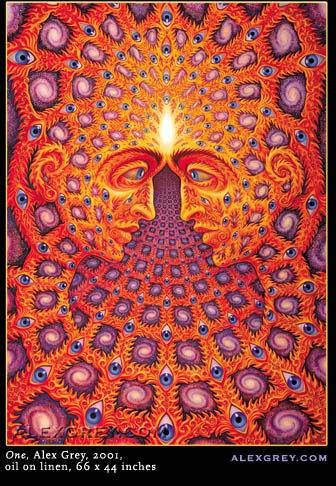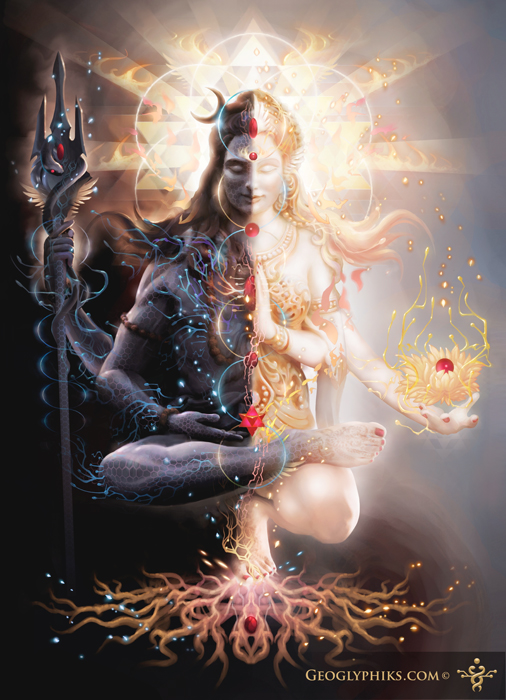Meditation: An Introduction

Practicing meditation can have many benefits for the health of our body and mind. Meditation has been practiced in many diverse forms for thousands of years all over the world. Each culture and region has unique practices and many of these practices have evolved over time. It is difficult to say what meditation is or is not. Two teachers from the same sect of Buddhism may express opposite ideas. An individual teacher may give contradictory suggestions and practices at different times. Meditation is a way of quieting the mind however; many different practices are used to reach this end. Furthermore, in meditation practice the goals we set must be dissolved. Through the practice of looking inward we begin to merge with a space which is beyond description.
Along the meditative path an individual may try numerous practices and techniques. Others will devote themselves to a steady practice led by traditions and teachers. But as John Lennon says, “There ain’t no guru who can see through your eyes.” In other words, our experience is unique to us and our path is unique, ultimately we are learning about who we truly are and only you can face yourself. Meditation is a way in which we can bring ourselves into a secure space within ourselves. From this inner space we begin to get impressions, memories, thoughts, sensations, pains, and anxiousness. We simply observe what arises and learn to sit with ourselves. In meditation we learn how much control we have over our mind. We learn how little we listen to our bodies and its innumerable messages. In meditation we even go beyond the world of sensations and forms. We merge with the underlying field of existence and begin to understand all is one.
The incredible diversity of meditation practices represents various methods through which we can learn the flow of chi. This diversity of practices includes breathing exercises, poems, chanting, ritual, concentration exercises, withdrawing the senses from the outside world, dance, yoga, holy books, visualization, devotion to guru or deity, use of herbs, and nature worship. In fact, meditation can be practiced at any time anywhere if we just observe our breath, mind, body and realize we are all one. Certain practices may be particularly divisive while others may seem easy or too simple. We need to always meet ourselves where we are and choose a practice which suits our path.
In spiritual practice there are many different seasons and we should be aware of these subtle changes in our spiritual life. We may be drawn to a particular teacher, writer, technique or we many create our own methods based on our inner wisdom and creativity. One practice may be too overwhelming while another may seem impossibly difficult. We need to observe these tendencies and begin to recognize the foundation of all practices. By beginning to understand the way in which our mind and bodies can enter into meditative states we create a personal foundation with which we approach our practice. This foundation is beneficial and necessary but do know that a time will come when this foundation is destroyed.

One of the greatest challenges in meditation is the acceptance of who we are. Meditation often takes us into places within our selves that cause great distraction from our meditative practice. Memories of all the things we said throughout the day, questioning if we said the wrong or right thing. Mulling over if so and so likes me or not. These thoughts reveal to us a great deal about who we are currently. We can sit with all this information and observe it all at once without becoming attached. After a time we may move from thought to thought memory to memory accepting all that arises with acceptance and non-attachment. Accepting experiences and also accepting our own inner wisdom to guide us through the practice.
Meditation is not difficult to learn but requires practice and patience. The images, sensations and experiences which arise in meditation practice can be highly charged. These highly charged experiences can be ultimate bliss and or ultimate suffering; they can be highly beautiful or extremely grotesque. In the western world the experiences which arise in the process of inner exploration are often interpreted by the experiencers as being psychotic. People begin a devoted spiritual practice with meditation as its ground and after a time feel they are losing their mind and going crazy. This feeling of personal insanity is often based on the lack of cultural understanding of the inner spiritual journey. Many of the non-ordinary states of consciousness and experiences are recognized as part of the spiritual path in other world cultures. Western psychologists are now recognizing the difference between psychosis and “Spiritual Emergence”. If the spiritual process reaches a point where it becomes debilitating or overwhelming it is termed a “Spiritual Emergency”. If you are experiencing a spiritual emergency you should seek out a transpersonal psychologist or a trusted and true spiritual teacher.

Transpersonal psychology can be a great tool for a westerner to deepen their understanding of the human being and to give a framework with which to understand the images, sensations and experiences which arise in the inner journey. A person believing themselves to have gone crazy on the spiritual path need not fear institutionalization in a psychotic ward if they seek a transpersonal psychologist. Instead they will help you through your experiences with a deep understanding of the inner spiritual journey and non-ordinary states of consciousness. A transpersonal prospective can even provide deep insight and even resolution of the roots of our anxieties, fears and traumas. Transpersonal sciences can also provide insight into the realms encountered in non-ordinary states of consciousness which seem beyond explanation. Examples of transpersonal phenomena include past life memories, ancestral karma, union with the divine, communication with entities, psi phenomena, ESP, telepathy, materialization of objects, synchronicities, astrology and more. Remember, although there are interesting phenomena on the path we cannot get caught up in it. We must go beyond even these experiences in order to merge completely.
Often people in the West are drawn to meditation because of its healing potential. As you continue with your practice your practice begins to work on you. At some point we all begin to lose our mind for moments. In these moments we merge with the subtle parts of ourselves and are drawn away by the next thought. We begin to see how our thoughts and past actions inform our world. We begin to see how some of our thoughts and cultural behaviors are becoming less compatible with our inner knowing and experience. We sense that we are not particles in a material universe but instead we are bound to all of existence at the subtle levels of self. There is not two but only one, we begin to more toward wholeness.
Here are some basic practices which can lead us into practice. Find a quiet time and space for a meditation. You may be seated, lying down or reclined however; the seated position is easiest to begin because it is harder to fall asleep. Start by taking three deep and conscious breaths. On your first breath in feel your ribs and abdomen expanding. On the exhale you release. Deeply feeling and noticing the sensations of each breath. This gives you the opportunity to tune into your body and feel where you are at today. Following the three breaths begin to just sit and allow yourself to just observe what is happening. Observe the sounds you hear, smells, the feel of your clothes against your skin. Breathe with those sensations for a minute or two.
Then bring your awareness to your body sensations, the expansion and contraction of the lungs. Noticing how you gain life with each breath and remembering that your death occurs with a final exhale. Notice the pulsing and tingling sensations of the body. These sensations are life force flowing as nerve current, blood, life-force. Be aware of aches, pains and itches but do not dwell on them. Practice the act of letting go of your discomfort. Remove the image of yourself and just notice what you feel. Sit with this for a minute or longer.
Bring your awareness to your thoughts. Notice the quality of the mind. See how the ever constant breath affects your thoughts. Allow the thoughts of the past to come forward think of the past recent or distant. Then think of the future, your goals ideals, and the fruits of your labors. Then let all these imaginary realms fall away as you come to the present moment. Sit here for as long as you like

.
Now that you are warmed up, relaxed and tuned in begin to ask yourself, “Who am I?” and whatever arises say to yourself, “I am not that.” Continue this exercise as long as you like.
This exercise of “who am I?” “I am not that”; reminds us of who we truly are and what we are not. From a certain perspective truly all is one, so we are everything. Similarly we are truly nothing, our nature is the void, the emptiness, the nothingness. Yet within the nothingness is everything that is and is not. We become filled by the emptiness. This is a Buddhist concept and provides a great metaphor for the state of union. By moving beyond the dichotomy of full and empty, nothing and something we move toward wholeness.
This exercise practiced in full devotion and concentration for an extended time can lead to profound insight into the nature of self. We must remove all attachments in the moments of meditation. When we think of the past we must think, “I am not that.” Also when we think of our loved ones in meditative moments we can choose to bask in the love connection but in this exercise we will instead say, “I am not that.” When we think of the beautiful earth we say, “I am not that.” We think of divine heavens, deities beings, fantasies stories, memories, all which arises, “I am not that.” We are beyond all we can imagine, dream, think or speak about. Our true nature is the Buddha nature. We are one with all indivisible, non-dual, no life, no self. There is only the truth of indivisibility and the mystery beyond all that is known. We begin to merge the inner and outer worlds together dissolving our walls and boundaries. By starting to practice either this exercise or one of the million other meditative exercises, we take a step forward on our path of internal growth. If you find the “I am not” exercise too distracting remember to just breathe. Becoming one your own breathe even for only a few moments a day will be a rewarding experience.



Leave a comment